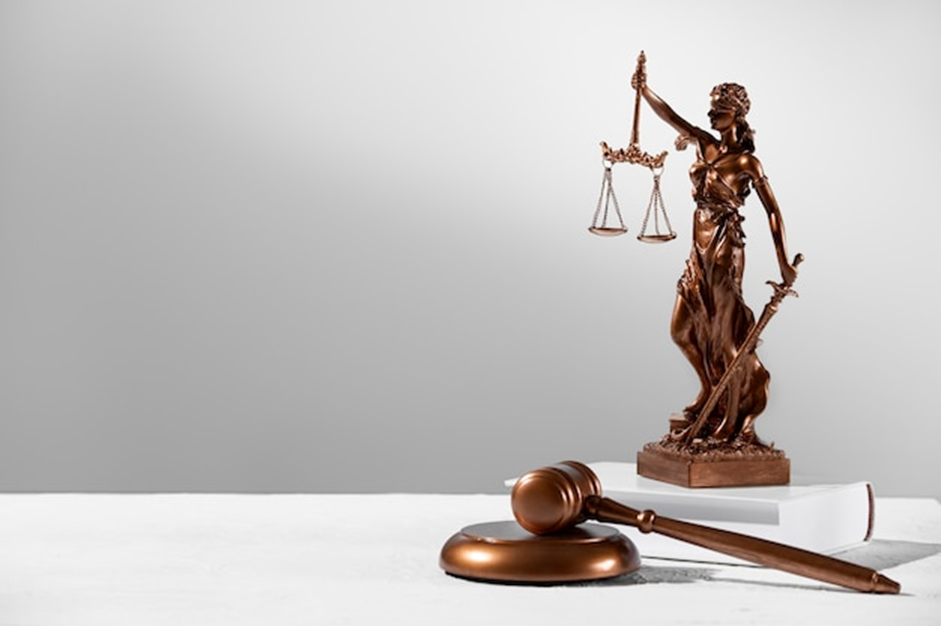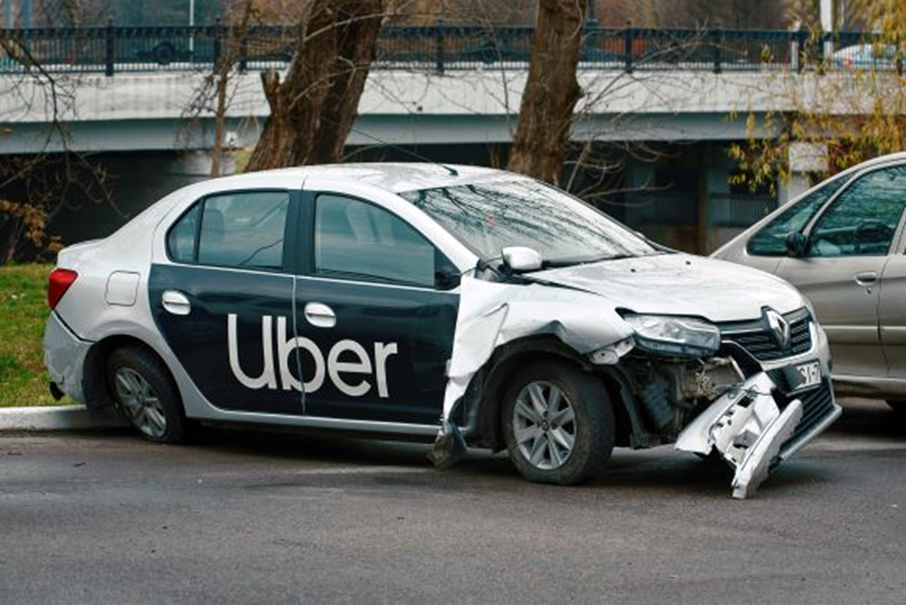In an accident, someone is typically at fault, meaning they are responsible for the damages and injuries resulting from the collision. In some cases, there might be more than one person or, sometimes, a party that wasn’t even present at the scene of the accident. Things are no different in an Uber accident.
If you’ve ever wondered about the complexities of determining liability in Uber accidents, you’re in the right place.
Let’s dive into the nitty-gritty of proving liability in an Uber accident case and understand just how complicated it can get.
Proving liability in an Uber accident involves determining who was at fault for the accident and holding them liable for the resulting damages.
The Role of Uber’s Insurance Policy
One factor that can complicate liability in Uber accidents is Uber’s insurance policy. When an Uber driver is logged into the app and available to accept rides but doesn’t have a passenger in the car, Uber provides contingent liability coverage.
This coverage applies if the driver’s personal auto insurance doesn’t cover the accident or if the driver’s coverage limits are insufficient.
Determining Driver Status
Another challenge in proving liability in Uber accidents is determining the driver’s status at the time of the accident.
Was the driver logged into the Uber app and available to accept rides? Were they actively transporting a passenger? Or were they off-duty and using their vehicle for personal reasons?
The driver’s status at the time of the accident can significantly impact liability and insurance coverage.
Third-Party Liability
In some cases, liability in Uber accidents may extend beyond the driver and involve third parties.
For example, if the accident was caused by a defective vehicle part or poor road conditions, the manufacturer or government agency responsible for maintenance may be held liable.

Additionally, if the accident was caused by the actions of another driver, that driver may be partially or wholly responsible for the damages.
Disputes and Challenges
Proving liability in Uber accidents can be further complicated by disputes between parties and challenges in gathering evidence.
Insurance companies may dispute liability in an effort to minimize payouts, and drivers may have conflicting accounts of how the accident occurred.
Additionally, obtaining evidence such as witness statements, surveillance footage, or electronic data from the Uber app can be challenging without legal assistance.
Legal Considerations
Given the complexities involved in proving liability in Uber accidents, seeking legal guidance from an experienced attorney is often advisable.
A car accident attorney with expertise in handling Uber accident cases can help gather evidence, navigate insurance claims, and advocate for your rights throughout the legal process.
They can also negotiate with insurance companies on your behalf and represent you in court if necessary.
Comparative Negligence
In some states, liability in car accidents is determined based on the principle of comparative negligence.
This means that each party’s degree of fault is taken into account when determining liability and compensation. If you were partially at fault for the accident, your compensation may be reduced accordingly.

Understanding how comparative negligence laws apply to your case is essential for determining liability and seeking fair compensation.
Conclusion
In conclusion, determining liability in Uber accidents can be a complex and challenging process. Factors such as Uber’s insurance policy, driver status, third-party liability, disputes between parties, and legal considerations all come into play when establishing fault and seeking compensation for damages.
If you’ve been involved in an Uber accident, it’s crucial to seek legal guidance from a qualified attorney who can help protect your rights and advocate for your best interests. They will also shield you from the cunning tactics of the insurance adjusters, who’re out to pay you as little as possible.


More Stories
Leadership in Nonprofit Organizations: Challenges and Opportunities
Privacy Concerns and Solutions on Random Video Chat Sites
Escape the 9-to-5 Rut – A Trip to Work Fulfillment Through Magic Mushrooms